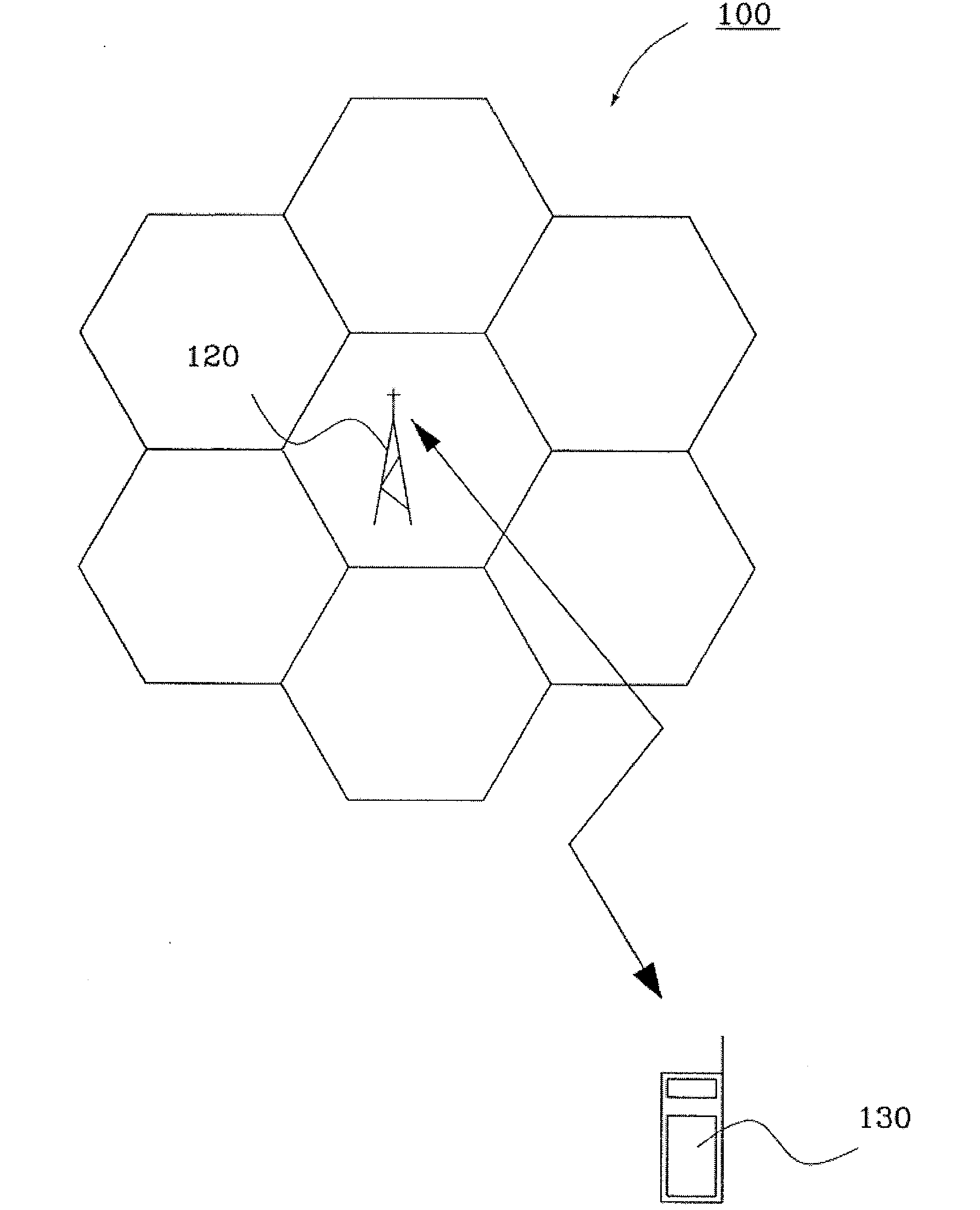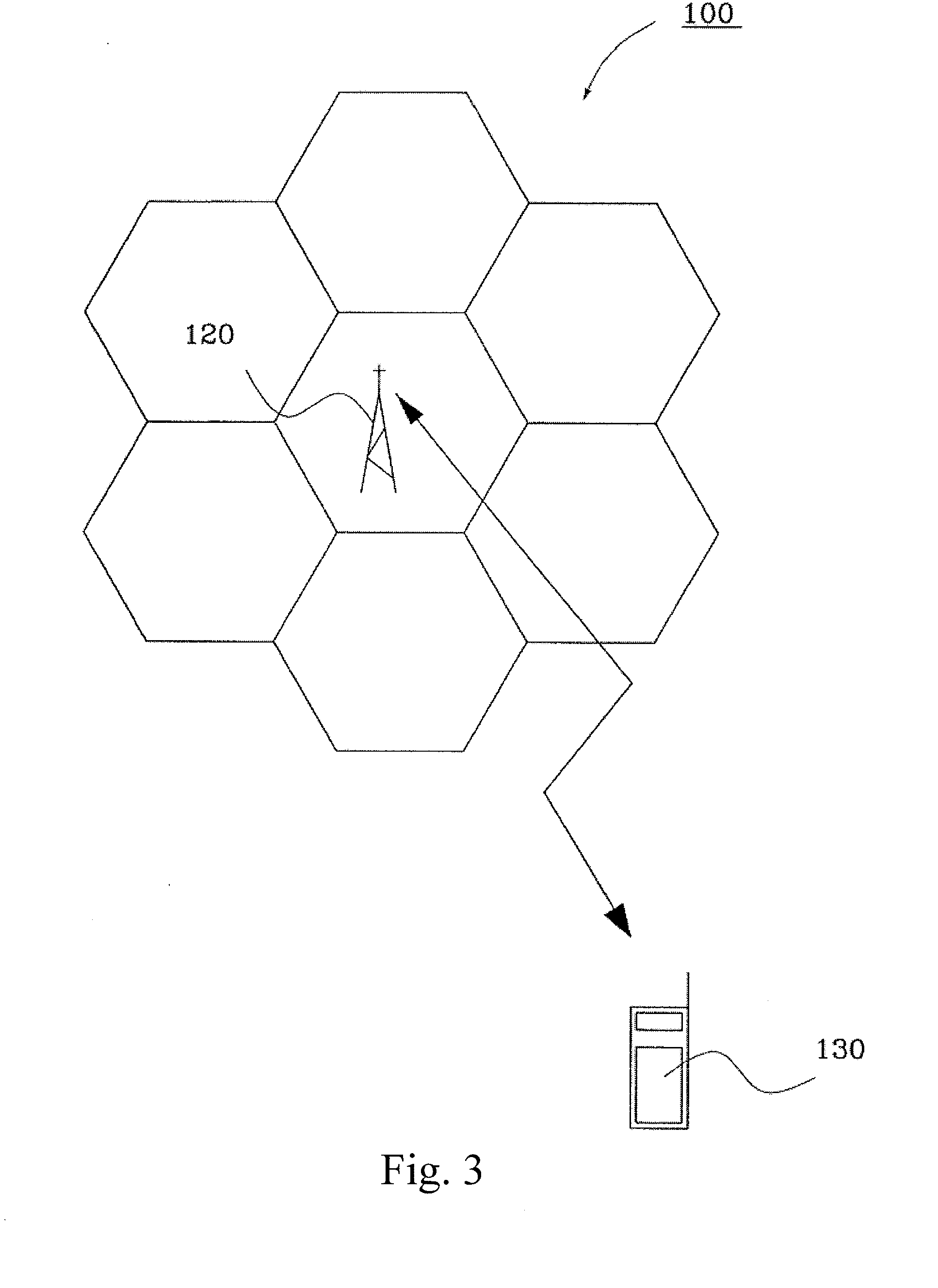Two-dimensional pilot patterns
a pilot pattern and two-dimensional technology, applied in the field of communication systems with, can solve the problems of pilots being subject to a substantial amount of interference, interference in the ue, and interference becomes particularly critical, and achieves a certain level of orthogonality and better pilot pattern performan
- Summary
- Abstract
- Description
- Claims
- Application Information
AI Technical Summary
Benefits of technology
Problems solved by technology
Method used
Image
Examples
Embodiment Construction
[0026]To familiarise the concept of pilot patterns, FIG. 1 shows a T-F grid (time-frequency grid) including frequency and time axes, forming a communication channel. In this grid, an exemplary pilot pattern, for channel estimation, is depicted. The pilot pattern includes tones that are modulated on to certain carriers at certain time instances, these time / frequency slots with pilots are illustrated with black squares in the grid. In this example the pilot pattern can be said to have a slope in the grid.
[0027]According to the invention, a general design method for two-dimensional pilot patterns for channel estimation is specified on the basis of the repetition of a generic pilot pattern in one of the two dimensions. A generic pilot pattern covers completely one dimension and covers partially the second dimension, within a segment of the second dimension where the propagation channel is considered to have a constant value. This can be seen from FIG. 2, which shows three different pilo...
PUM
 Login to View More
Login to View More Abstract
Description
Claims
Application Information
 Login to View More
Login to View More - R&D
- Intellectual Property
- Life Sciences
- Materials
- Tech Scout
- Unparalleled Data Quality
- Higher Quality Content
- 60% Fewer Hallucinations
Browse by: Latest US Patents, China's latest patents, Technical Efficacy Thesaurus, Application Domain, Technology Topic, Popular Technical Reports.
© 2025 PatSnap. All rights reserved.Legal|Privacy policy|Modern Slavery Act Transparency Statement|Sitemap|About US| Contact US: help@patsnap.com



